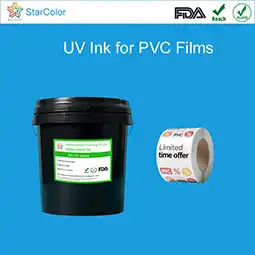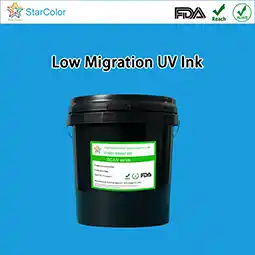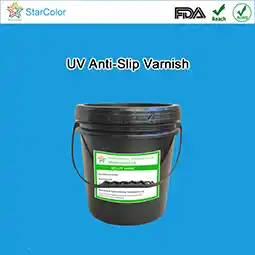Can water-based ink carton printing withstand water exposure
Date: Aug 01 2023 From: Star Color Views:
Water-based inks have become the dominant choice for corrugated cardboard printing, thanks to their low VOC emissions, non-toxic composition, and compliance with environmental regulations. However, for those less familiar with the technology, a common question arises: "If water-based ink is water-soluble, how can a printed carton be waterproof?"
The short answer: Yes, water-based ink-printed cartons can offer excellent water resistance—when properly processed.
At first glance, this may seem contradictory. How can something "water-based" be waterproof? The key lies in understanding that water resistance isn't solely determined by the ink itself. Instead, it's the result of a complete system: advanced ink formulations, precise printing processes, and—critically—post-print surface treatments.
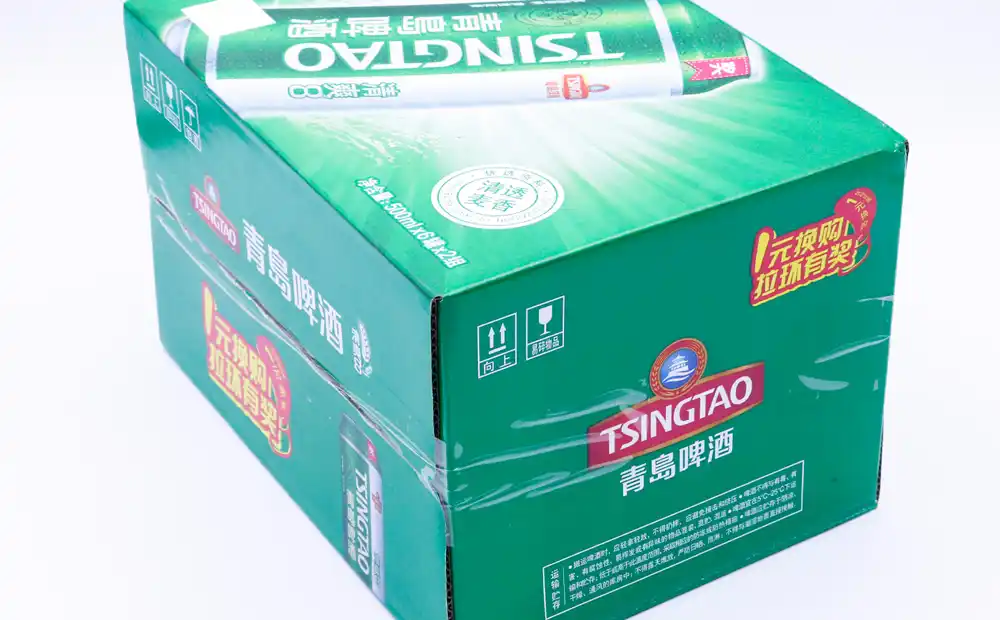
1. Understanding Water-Based Inks: What "Water-Based" Really Means
First, let’s clear up a common misconception. The term "water-based" refers only to the fact that water is the primary carrier (or solvent) in the ink formulation. This makes the ink environmentally friendly during production and drying. It does not mean the printed image will dissolve when exposed to moisture.
-
The Drying Process is Crucial: After printing, heat (via hot air or infrared) rapidly evaporates the water from the ink. What remains is a solid film composed of resins, pigments, and binders that bond firmly to the paper fibers.
-
Inherent Water Resistance: High-quality water-based inks, once fully dried, naturally exhibit a degree of water resistance. Brief exposure to moisture or high humidity typically won’t cause smudging or bleeding. However, this baseline protection is insufficient for prolonged exposure or harsh shipping conditions.
2. The Real Secret to Waterproofing: Surface Finishes
To achieve reliable water resistance, moisture protection, and durability, surface finishing is essential. This step bridges the gap between eco-friendliness and high performance.
(1) Coating / Varnishing
This is the most common and cost-effective method. A clear protective layer is applied over the printed surface—either as a full flood coat or spot coating (e.g., on logos or text).
-
Water-Based Varnish:
- Advantages: Fully compatible with water-based inks, environmentally friendly, enhances gloss and surface feel, improves scuff resistance.
- Water Resistance: Provides a strong moisture barrier, protecting against damp storage and light water splashes. Ideal for standard warehousing and transportation.
-
UV-Curable Varnish:
- Advantages: Cured instantly under UV light, creating an extremely hard, glossy, and durable surface. Offers superior scratch and chemical resistance.
- Water Resistance: Delivers near-waterproof performance, resisting water droplets and short-term water exposure. Perfect for premium packaging with high durability demands.
- Environmental Note: UV varnishes are low-VOC and recyclable-friendly, though the curing process requires more energy.
(2) Lamination
A plastic film (such as BOPP or PET) is bonded to the printed surface.
- Advantages: Offers the highest level of protection—fully waterproof, oil-resistant, and tear-resistant.
- Drawbacks: Higher cost, more complex recycling (due to mixed materials), and less aligned with current "plastic reduction" sustainability goals.
Bottom Line: For brands seeking the optimal balance of sustainability and performance, the combination of high-performance water-based ink + UV coating is one of the best solutions available.
3. Advancements in Ink Formulation
Beyond surface treatments, ink manufacturers are continuously improving water-based ink chemistry to boost inherent durability.
- Cross-Linking Water-Based Inks: Some premium formulations, including select products from StarColor Ink, use cross-linking technology. During drying, resin molecules form a 3D network structure, creating a denser, tougher ink film. This significantly enhances water resistance, abrasion resistance, and adhesion—providing an ideal foundation for high-performance coatings.
4. How to Choose the Right Waterproofing Solution?
The best approach depends on your specific application:
-
Basic moisture protection (short-term storage, dry transport):
→ High-quality water-based ink + water-based varnish -
High gloss, durability, and strong water resistance:
→ High-quality water-based ink + UV coating -
Extreme conditions (ocean freight, refrigerated transport, outdoor exposure):
→ Consider lamination or specialized barrier coatings
StarColor Ink Recommendation: Discuss your protection requirements early in the packaging design phase—with your printer and ink supplier. We offer a range of performance-tailored water-based inks and technical support to help you select the ideal printing and finishing combination.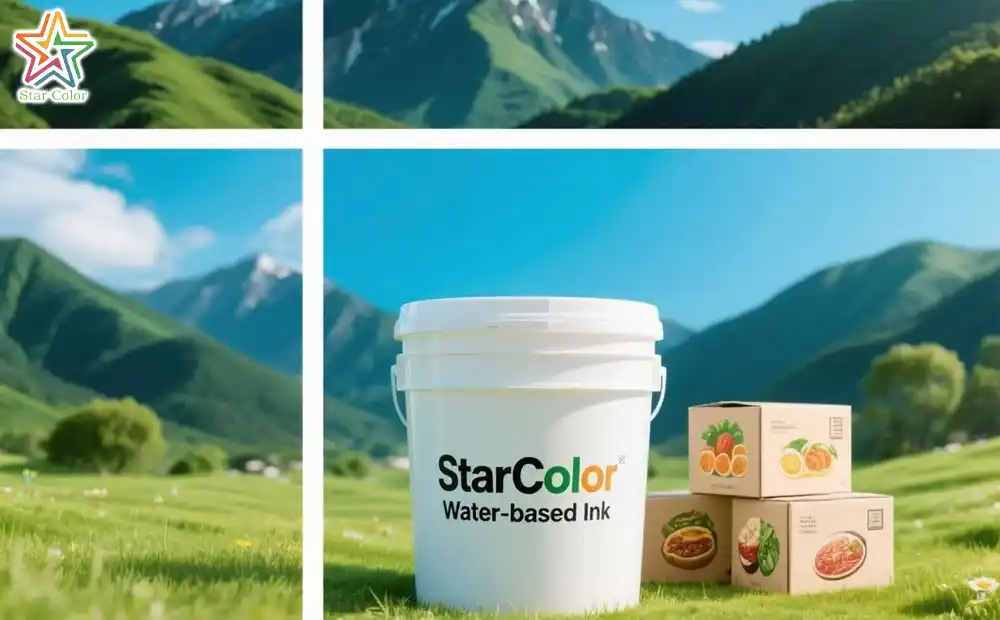
Conclusion: Sustainability and Performance Don’t Have to Be Mutually Exclusive
To answer the original question: Yes, cartons printed with water-based inks can be waterproof—when the right systems are in place.
Water-based inks lay the foundation for sustainable printing. When paired with advanced finishing techniques like UV coating, they deliver packaging that’s not only eco-friendly but also highly functional and durable.
With StarColor Ink, you’re not just choosing a greener ink—you’re partnering with a team that understands the full picture of packaging performance. We’re committed to delivering printing solutions that are both sustainable and reliable for global brands.
Have more questions about water-based ink performance?
Contact the StarColor Ink Technical Team today for samples and expert consultation.
 RU
RU EN
EN CN
CN








